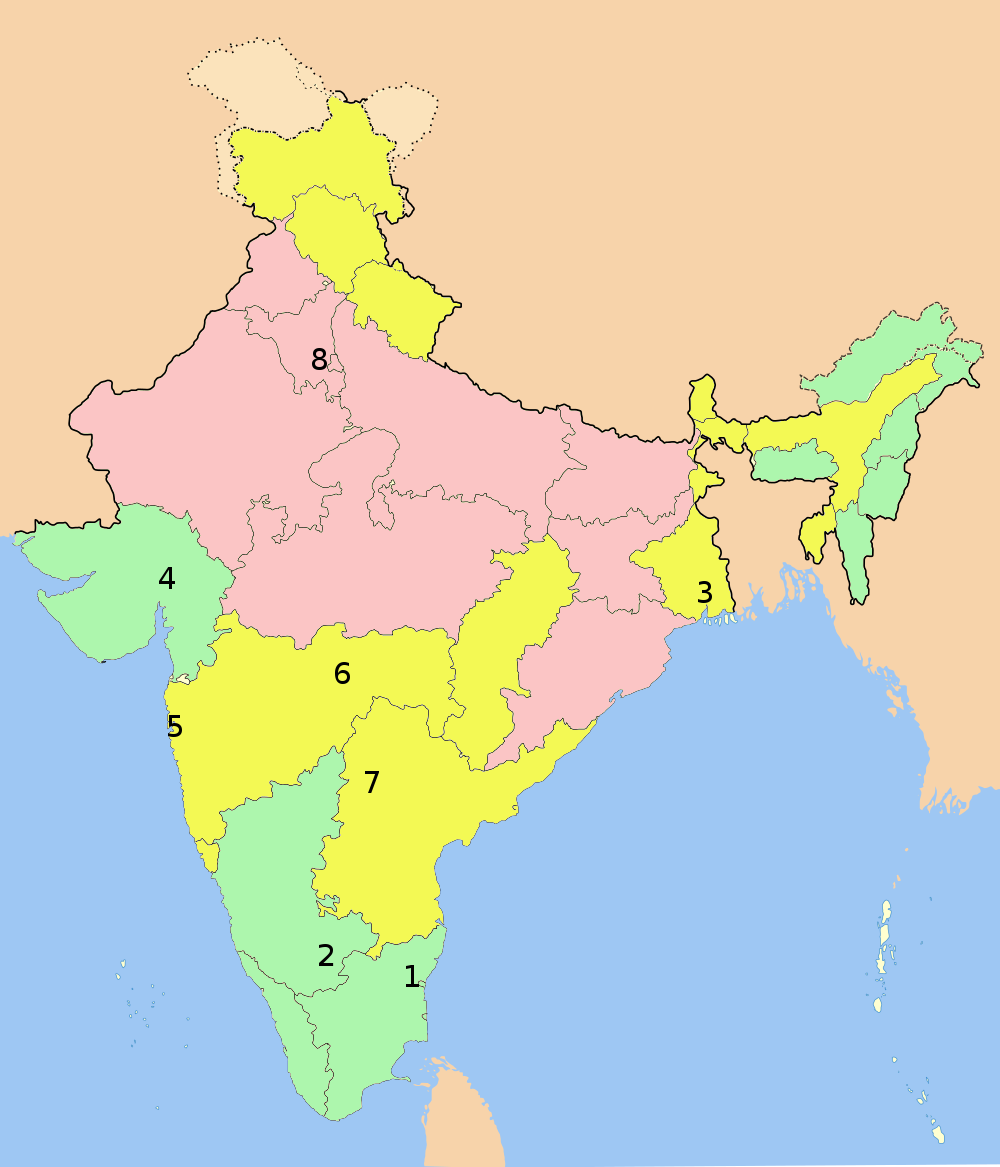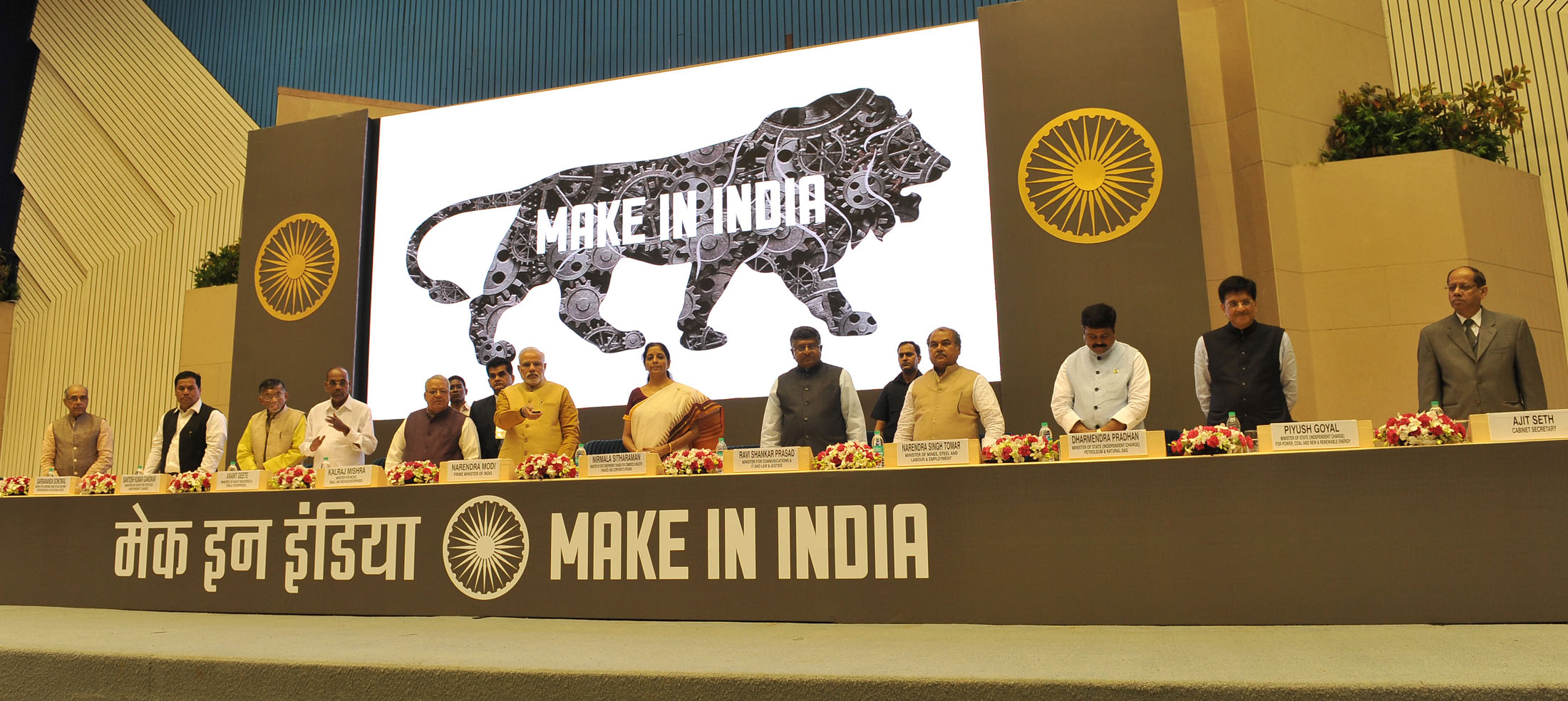|
Maternity Benefit (Amendment) Act, 2017
The Maternity (Amendment) Bill 2017, an amendment to the Maternity Benefit Act, 1961, was passed in Rajya Sabha on 11 August 2016, in Lok Sabha on 9 March 2017, and received an assent from President of India on 27 March 2017. The Maternity Benefit Act, 1961 protects the employment of women during the time of her maternity and entitles her of a 'maternity benefit' – i.e. full paid absence from work – to take care for her child. The Act is applicable to all establishments employing 10 or more than 10 persons in Factories, Mines, Plantation, Shops & Establishments and other entities. Establishments employing 50 or more employees are also required to provide crèche facilities, either separately or along with common facilities within a prescribed distance. The provisions of this act are effective from 1 April 2017. However, provision on creche facility (Section 11A) shall be effective from 1 July 2017. The Code on Social Security, 2020 consolidated the provisions of this and sev ... [...More Info...] [...Related Items...] OR: [Wikipedia] [Google] [Baidu] |
Parliament Of India
The Parliament of India (International Alphabet of Sanskrit Transliteration, IAST: ) is the supreme legislative body of the Republic of India. It is a bicameralism, bicameral legislature composed of the president of India and two houses: the Rajya Sabha (Council of States) and the Lok Sabha (House of the People). The president in his role as head of the legislature has full powers to summon and prorogue either house of Parliament or to dissolve the Lok Sabha. The president can exercise these powers only upon the advice of the prime minister of India, prime minister and his Union Council of Ministers. Those elected or nominated (by the president) to either house of Parliament are referred to as member of Parliament (India), members of Parliament (MPs). The member of Parliament, Lok Sabha, members of parliament of the Lok Sabha are direct election, directly elected by the Indian public voting in single-member districts and the member of Parliament, Rajya Sabha, members of parliam ... [...More Info...] [...Related Items...] OR: [Wikipedia] [Google] [Baidu] |
The Code On Social Security, 2020
The Code on Social Security, 2020 is a code to amend and consolidate the laws relating to social security with the goal to extend social security to all employees and workers either in the organised or unorganised or any other sectors. The Social Security Code, 2020 brings unorganised sector, gig workers and platform workers under the ambit of social security schemes, including life insurance and disability insurance, health and maternity benefits, provident insurance, pension and skill upgradation, etc. The act amalgamates nine central labour enactments relating to social security. Background The bill was introduced by the Labour Minister Santosh Gangwar. The bill was passed by the Lok Sabha 22 September 2020 and the Rajya Sabha on 23 September 2020. The bill was formulated according to the Report and Recommendations of the Second National Commission on Labour. It consolidated The Employees’ Compensation Act, 1923, The Employees’ State Insurance Act, 1948, The Empl ... [...More Info...] [...Related Items...] OR: [Wikipedia] [Google] [Baidu] |
Indian Family Law
Indian or Indians may refer to: Peoples South Asia * Indian people, people of Indian nationality, or people who have an Indian ancestor ** Non-resident Indian, a citizen of India who has temporarily emigrated to another country * South Asian ethnic groups, referring to people of the Indian subcontinent, as well as the greater South Asia region prior to the 1947 partition of India * Anglo-Indians, people with mixed Indian and British ancestry, or people of British descent born or living in the Indian subcontinent * East Indians, a Christian community in India Europe * British Indians, British people of Indian origin The Americas * Indo-Canadians, Canadian people of Indian origin * Indian Americans, American people of Indian origin * Indigenous peoples of the Americas, the pre-Columbian inhabitants of the Americas and their descendants ** Plains Indians, the common name for the Native Americans who lived on the Great Plains of North America ** Native Americans in the ... [...More Info...] [...Related Items...] OR: [Wikipedia] [Google] [Baidu] |
Women's Rights In India
The status of women in India has been subject to many changes over the span of recorded Indian history. Their position in society deteriorated early in India's ancient period, especially in the Indo-Aryan speaking regions, and their subordination continued to be reified well into India's early modern period. During the British East India Company rule (1757–1857), and the British Raj (1858–1947), measures aiming at amelioration were enacted, including Bengal Sati Regulation, 1829, Hindu Widows' Remarriage Act, 1856, Female Infanticide Prevention Act, 1870, and Age of Consent Act, 1891. The Indian constitution prohibits discrimination based on sex and empowers the government to undertake special measures for them. Women's rights under the Constitution of India mainly include equality, dignity, and freedom from discrimination; additionally, India has various statutes governing the rights of women. Several women have served in various senior official positions in the Ind ... [...More Info...] [...Related Items...] OR: [Wikipedia] [Google] [Baidu] |
Women's Rights Legislation
A woman is an adult female human. Prior to adulthood, a female human is referred to as a girl (a female child or adolescent). The plural ''women'' is sometimes used in certain phrases such as "women's rights" to denote female humans regardless of age. Typically, women inherit a pair of X chromosomes, one from each parent, and are capable of pregnancy and giving birth from puberty until menopause. More generally, sex differentiation of the female fetus is governed by the lack of a present, or functioning, SRY-gene on either one of the respective sex chromosomes. Female anatomy is distinguished from male anatomy by the female reproductive system, which includes the ovaries, fallopian tubes, uterus, vagina, and vulva. A fully developed woman generally has a wider pelvis, broader hips, and larger breasts than an adult man. Women have significantly less facial and other body hair, have a higher body fat composition, and are on average shorter and less muscular than men. T ... [...More Info...] [...Related Items...] OR: [Wikipedia] [Google] [Baidu] |
Modi Administration
The premiership of Narendra Modi began on 26 May 2014 with his First swearing-in ceremony of Narendra Modi, swearing-in as the prime minister of India at the Rashtrapati Bhavan. He became the 14th Prime Minister of India, succeeding Manmohan Singh of the Indian National Congress. Narendra Modi, Modi's first cabinet consisted of 45 ministers, 25 fewer than the previous United Progressive Alliance government. 21 ministers were added to the council of ministers on 9 November 2014. In 2019, he was elected as the Prime Minister of India, prime minister of India for the second time and Second swearing-in ceremony of Narendra Modi, sworn in at the Rashtrapati Bhavan on 30 May 2019. His Second Modi ministry, second cabinet consisted of 54 ministers and initially had 51 ministers, which was expanded to 77 ministers during a 2021 Indian cabinet reshuffle, reshuffle on 7 July 2021. His premiership has, to a considerable extent, practiced high command culture. Under Modi's premiership, Ind ... [...More Info...] [...Related Items...] OR: [Wikipedia] [Google] [Baidu] |
Maternity In India
] A mother is the female parent of a child. A woman may be considered a mother by virtue of having given birth, by raising a child who may or may not be her biological offspring, or by supplying her ovum for fertilisation in the case of gestational surrogacy. An adoptive mother is a female who has become the child's parent through the legal process of adoption. A biological mother is the female genetic contributor to the creation of the infant, through sexual intercourse or egg donation. A biological mother may have legal obligations to a child not raised by her, such as an obligation of monetary support. A putative mother is a female whose biological relationship to a child is alleged but has not been established. A stepmother is a woman who is married to a child's father and they may form a family unit, but who generally does not have the legal rights and responsibilities of a parent in relation to the child. A father is the male counterpart of a mother. Women who are preg ... [...More Info...] [...Related Items...] OR: [Wikipedia] [Google] [Baidu] |


.jpg)

.jpg)